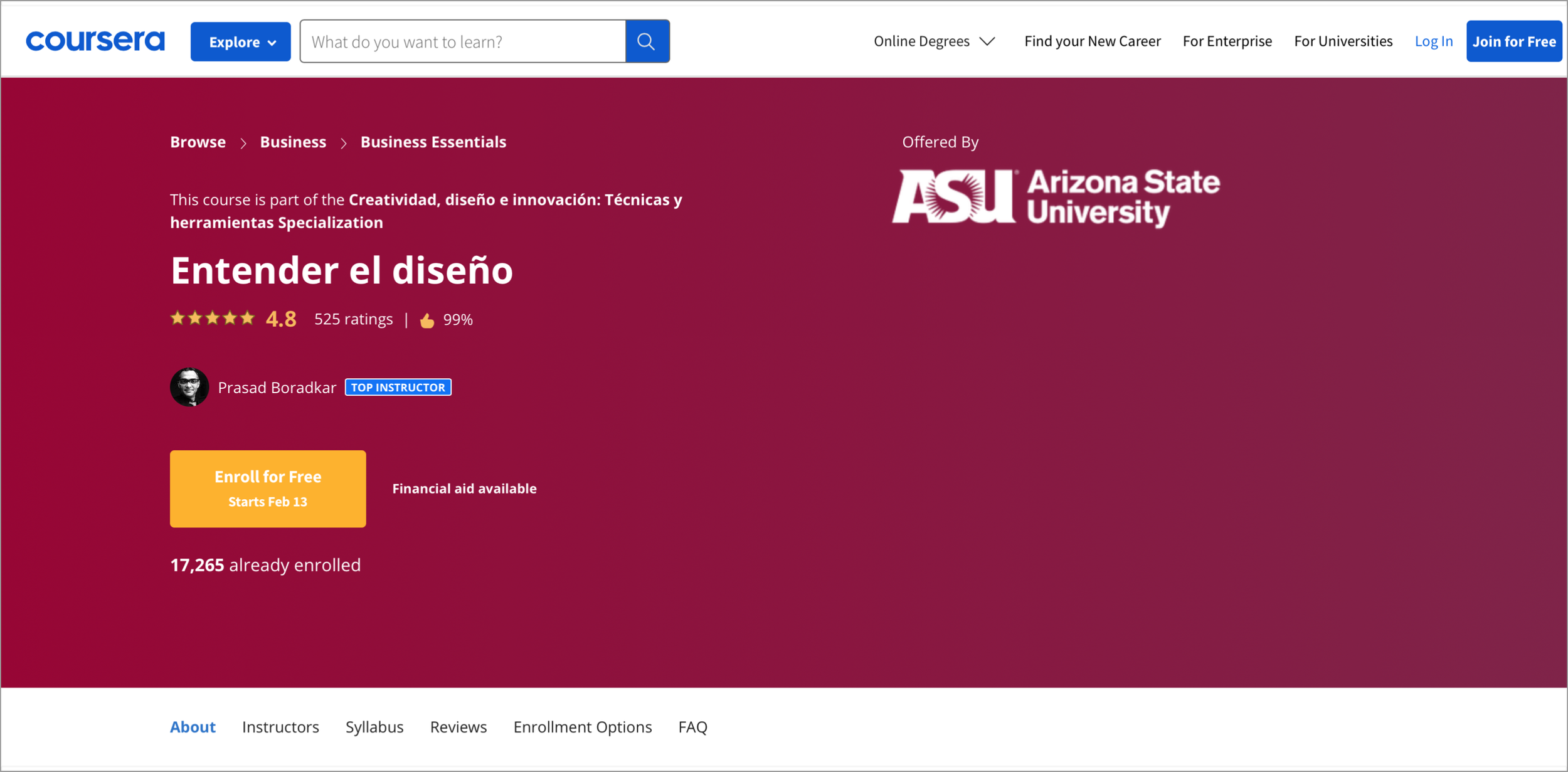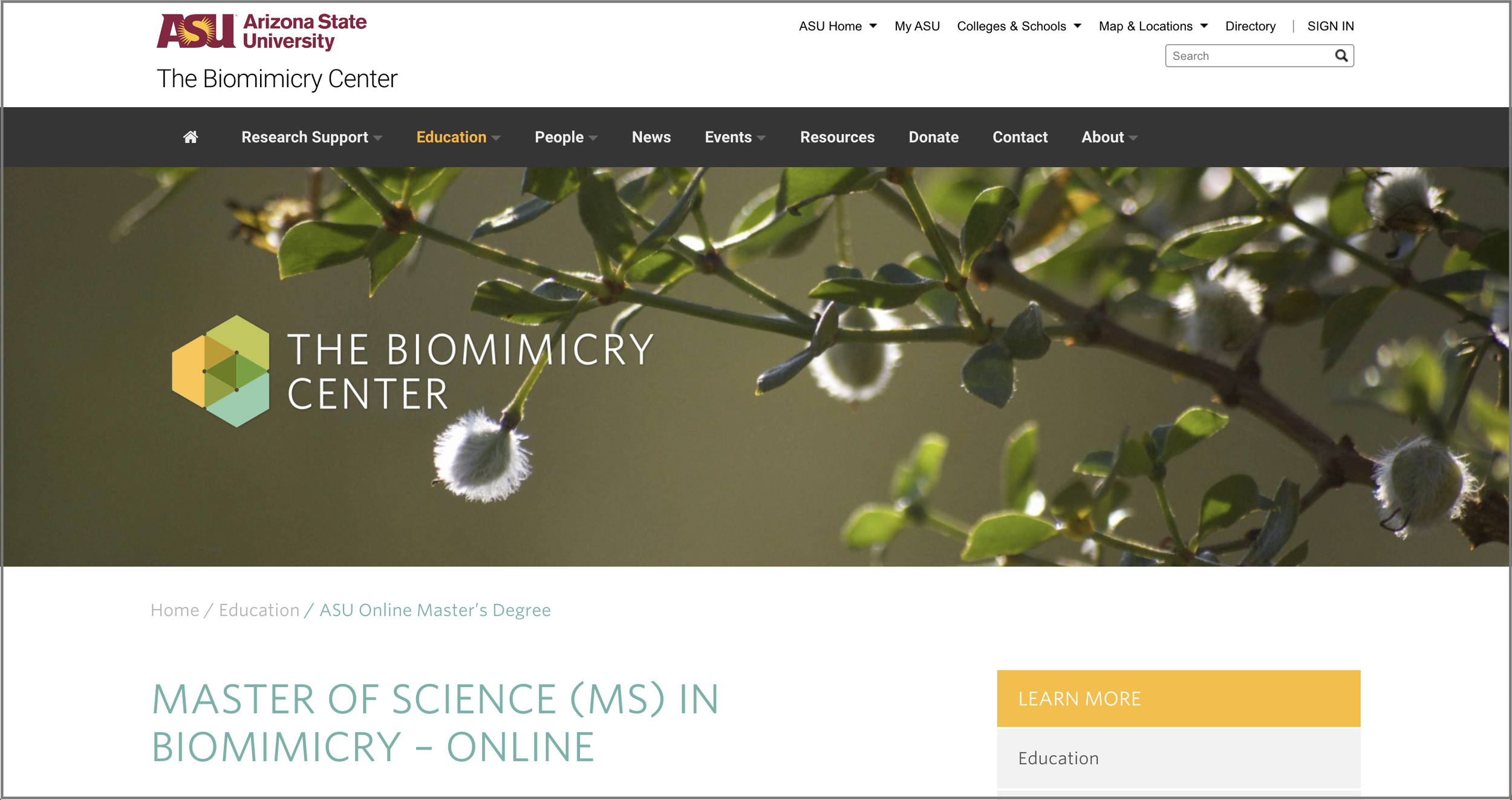Teach
My educational philosophy imagines the process of education as a path to be traveled by the educator and the student, where both read maps together, tackle problems as a team, and work towards finding a solution. The educator might recommend certain paths to follow and strategies to adopt should the students get lost. This approach does not limit students into accepting the roles of passive recipients of expert service but transforms them into active seekers. Easy access to information has made information itself less important instructionally. The ability of the students to sort through all the available information, filter it, analyze and synthesize it, and be able to effectively use it is the critical task of education. An expert demands reliance and dependency on her/his knowledge whereas education is meant to make the student independent of the teacher and break out of a subservient relationship. The metaphor of the educator as a fellow traveler, who is as actively involved in learning with the students, will help bridge the gap between them.
Online Education
DESIGN THINKING: ARIZONA STATE UNIVERSITY
I have designed and developed a course on design thinking that has been offered to undergraduate as well as graduate students at Arizona State University for several years.
TECHNIQUES OF CREATIVITY, DESIGN AND INNOVATION: COURSERA
I have developed two courses that can be taken individually, but also make up an online specialization called Techniques of Creativity, Design and Innovation. This specialization was developed for Coursera through ASU Online in partnership with National Autonomous University of Mexico (UNAM). The market for this specialization and the courses is Latin America and therefore they are offered in Spanish. My presentations were done in English, but have Spanish subtitles.
INDIVIDUAL COURSES:
INNOVATION TOOLS AND TECHNIQUES: MINNEAPOLIS COLLEGE OF ART AND DESIGN
I created and taught an online course called Innovation Tools and Techniques for the Master of Arts in Sustainable Design program at the Minneapolis College of Art and Design (MCAD).
MASTER OF SCIENCE IN BIOMIMICRY: ARIZONA STATE UNIVERSITY AND BIOMIMICRY 3.8
The Master of Science (MS) in Biomimicry is designed for working professionals primarily in the fields of biology, design, business, and engineering, who want to make the practice of biomimicry central to their careers.
Executive Education
INNOVATION CATALYST
This 6 week long course was developed along with faculty members in ASU’s College of Nursing as a hybrid (face to face and online) course for physicians, nurses and other healthcare professionals at Mayo Clinic. I designed the lectures, activities and assignments in order to guide healthcare professionals through the process of new product development and service design.
DESIGN-DRIVEN INNOVATION STRATEGY
I have done several half-day, full-day and two-day workshops with such companies as SRP, Blue Cross Blue Shield, and others through ASU’s Thunderbird School of Global Management.
DESIGN THINKING
I have developed three-day long workshops along with innovation consultant Nelson Soken for the Design Management Institute.
The Design School, ASU
I served as Professor of Industrial Design, in the Design School at Arizona State University (ASU) in Tempe, and in this role I have taught a variety of courses for graduate and undergraduate students on such topics as product design and development, materials and processes, design history, as well as the culture of objects.
UNDERGRADUATE COURSES
DSC 120: DESIGN DRAWING
This course introduced students to the fundamentals of sketching, drawing and rendering for incoming first year students into the industrial design program. I created presentations and did demonstrations on specific issues in drawing method and technique for the class.
DSC 121: DESIGN PRINCIPLES I
This was a new course that I developed for foundation studies in industrial design. The emphasis was on exploration of design as a language and process for creative thinking and realization. The course helped students learn the visual language of design by exposing them to the theories, concepts and skills used in creating form.
DSC 122: DESIGN PRINCIPLES II
This was a new course that followed DSC 121 as part of the foundation studies in industrial design. The major topics covered included sketching and drawing, form development, fundamentals of color and space, perception of form, and product semantics.
IND 242: MATERIALS AND DESIGN
This course was developed to give students a fundamental understanding of material properties, fundamentals of plastics, metals, composites, smart materials, sustainability and life cycle analysis. The emphasis was on application, so that students can learn to specify materials for product design.
IND 243: PROCESS AND DESIGN
This course gave students a grounding in manufacturing processes, design for manufacturability [DFM], and design for environment [DFE] so that they can specify not only materials but appropriate manufacturing processes for their products. I also organized a series of eld trips on and off campus to manufacturing facilities to demonstrate processing methods.
IND 316: 20TH CENTURY DESIGN I
I developed this new course on design history to cover design movements that occurred between the construction of the Crystal Palace [1851] and that of the Glass House [1949]. Students learnt about critical products, graphics, and architecture that helped shape contemporary design.
IND 317: 20TH CENTURY DESIGN II
This course was a follow-up to IND316 and addressed Asian, American, and European design from 1950 onwards. The case studies included designs created by individual designers, corporations, and design consultancies.
IND 460: DESIGN PROJECT I
This course was the first of a two part capstone sequence for senior level industrial designers. The class covered the entire process of design, but emphasized the fuzzy front end research including data collection and analysis as well as ideation.
IND 461: DESIGN PROJECT II
This course was the second of a two part capstone sequence for senior level industrial designers. The class focused on design detailing, including design language creation, form development, and product architecture. Students also learnt about social and environmental issues in sustainability and life cycle analysis for new products.
IND/MGT/GRA 464: COLLABORATIVE DESIGN + DEVELOPMENT I
This is the first course in a transdisciplinary capstone sequence that is offered through InnovationSpace. The course involves students from industrial design, graphic design, business, sustainability and engineering who work in teams to develop product concepts, prototypes, branding, sustainability strategies and business plans. This is a sponsored course with funding from corporations, grants or internal ASU sources.
IND/MGT/GRA 465: COLLABORATIVE DESIGN + DEVELOPMENT II
This is a second course in a transdisciplinary capstone sequence that is offered through InnovationSpace. The course involves students from industrial design, graphic design, business, sustainability and engineering who work in teams to develop product concepts, prototypes, branding, sustainability strategies and business plans. This is a sponsored course with funding from corporations, grants or internal ASU sources.
IND 494: POLITICS OF DESIGN
Developed a new course about design and culture. The course questions the processes by which things are designed how social and material relations are shaped by the designed world. Students examine the processes of production, distribution and consumption by which designed objects become a part of everyday life.
GRADUATE COURSES
DSC 598: THE CULTURE OF OBJECTS
I developed a new graduate course about the culture of objects, based upon my 2010 book called Designing Things: A Critical Introduction to the Culture of Objects. The course spanned the areas of design studies, material culture as well as media and cultural studies.
DSC 598: BIOLOGICALLY-INSPIRED DESIGN
This was a new graduate course on the topic of biomimicry that I co-developed with faculty in design and life sciences. In this course, students from design and biology learned a new methodology of developing sustainable products and services using inspiration from nature.
DSC 598: CONTEMPORARY DESIGN ISSUES
This seminar course for graduate students focused on contemporary topics that are of relevance to the discipline of industrial design. The topics included research, sustainability, UX, prototyping technologies and biomimicry.
FSE 502: STRATEGIC ENTERPRISE INNOVATION
This online course was developed for graduate students in ASU’s School of Engineering, and provided an overview of innovation frameworks and strategies. Students learned about the process of creating innovation strategies through readings and projects.




